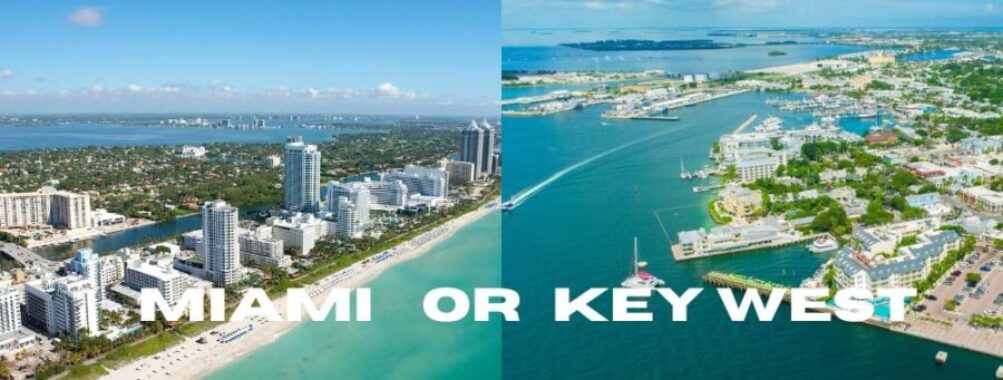
Miami vs Key West: Best Florida Destination for Your Dream Beach Vacation in 2025
Miami and Key West offer two distinct takes on Florida life. Miami dazzles with its glamorous beaches, world-class dining, and vibrant nightlife scene. In contrast, Key West charms visitors with its laid-back island atmosphere and historic charm. These two places sit at opposite ends of the Florida Keys, each with its own special magic.
Miami brings big-city energy mixed with Latin flair. The action centers around South Beach’s famous Art Deco buildings and trendy restaurants. Visitors can explore art galleries in Wynwood, catch Cuban culture in Little Havana, or dance until dawn at glitzy beach clubs.
Key West feels like stepping into a tropical postcard. Life moves slower on this tiny island at the end of the Florida Keys. The streets lined with colorful conch houses tell stories of pirates and writers who once called this paradise home. Sunset celebrations at Mallory Square set the perfect mood for exploring local bars and cafes.
Contents
- Geographic Overview and Accessibility
- Traveling to Miami and Key West
- Major Transportation Methods
- Climate and Best Time to Visit
- Accommodation and Lodging
- Culinary Delights and Dining
- Iconic Miami Dishes
- Key West’s Savory Bites
- Landmarks and Cultural Hotspots
- Miami’s Architectural Beauty
- Key West’s Historical Significance
- Outdoor Activities and Recreation
- Nightlife and Entertainment
- Shopping and Local Markets
- Miami’s Shopping Scene
- Crafts and Conchs: Key West Markets
- Frequently Asked Questions
- What activities are unique to Key West that I won’t find in Miami?
- Can you compare the accommodation costs between Miami and Key West?
- How do the beach experiences differ between Key West and Miami?
- What are the travel options available for reaching Key West from Miami?
- In terms of cultural and nightlife offerings, how does Miami contrast with Key West?
- Is a day trip to Key West from Miami advisable for a traveler with limited time?
- More Travel Guides
Geographic Overview and Accessibility
Miami and Key West sit at opposite ends of the Florida Keys, separated by 160 miles of stunning coastal highway. These two destinations offer unique travel experiences with distinct transportation options.
Traveling to Miami and Key West
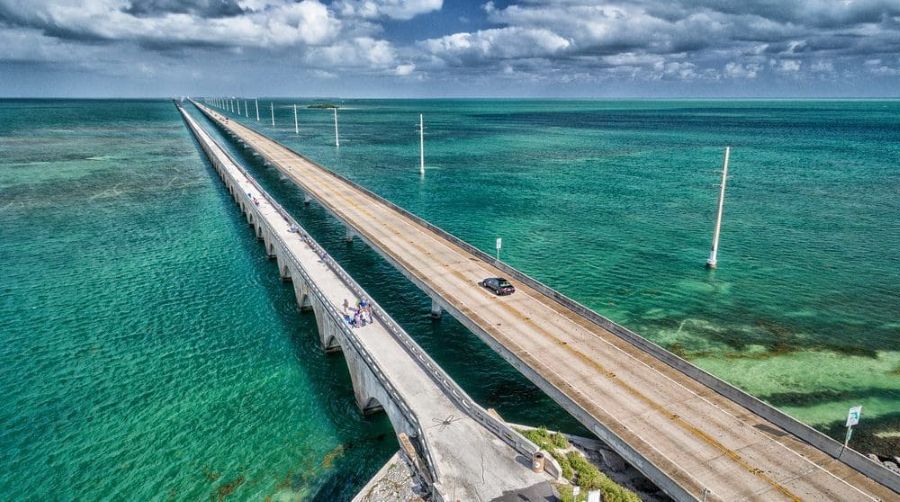
Miami lies on Florida’s southeastern coast, making it easy to reach from anywhere in the world. The city spans across beaches and urban areas, creating a diverse landscape perfect for exploring. Key West sits at the southernmost point of the Florida Keys, surrounded by crystal-clear waters.
Millions of travelers pass through the Miami International Airport each year. Visitors can search flights and hotels to find the best travel dates and prices.
The famous Overseas Highway connects Miami to Key West through a chain of islands. This scenic route includes the Seven Mile Bridge, offering breathtaking ocean views along the way.
Major Transportation Methods
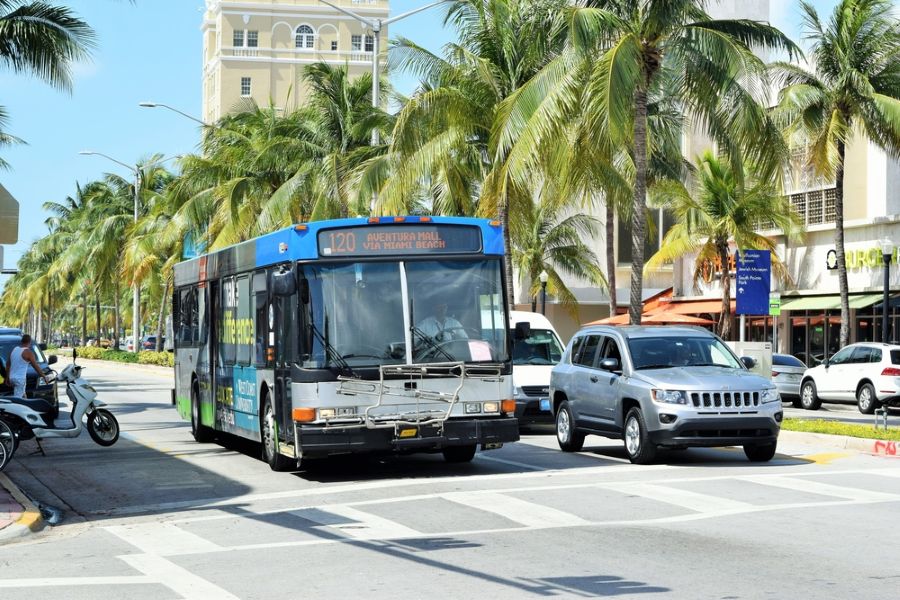
Miami offers buses, trains, and a free trolley service in popular areas. Getting around the city is simple with its extensive public transportation system.
Rental cars give travelers the freedom to explore both destinations at their own pace. The drive from Miami to Key West takes about 4 hours along the Overseas Highway.
Key West has a more compact layout that makes walking and biking popular choices. Many visitors use bike rentals to explore the island’s historic streets and attractions.
Water taxis and boat tours provide unique ways to see both cities from the ocean. These services run regularly in both locations, giving tourists different perspectives of the coastal landscapes.
Climate and Best Time to Visit
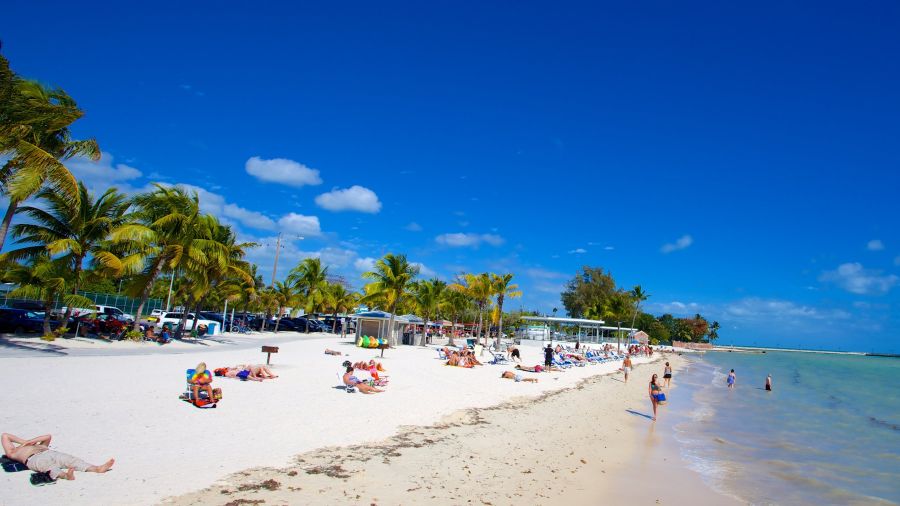
Miami and Key West share similar tropical climates, but Key West tends to be more stable year-round. Summer temperatures peak around 89°F in both cities during July.
Key West stays warmer in winter with January lows of 64°F, while Miami dips to about 61°F. This makes Key West a bit more comfortable for winter beach days.
Rain patterns differ quite a bit between these cities. Miami gets drenched with around 59 inches of rain yearly, while Key West stays drier with about 44 inches. Neither city gets snow.
The best time to visit either destination is from December through April. The weather stays warm and pleasant, with lower humidity and minimal rainfall. Keep in mind these are peak tourist months, so expect higher prices.
Peak Season (December-April)
- Warm, sunny days
- Low humidity
- Less rain
- Higher prices
- Bigger crowds
Summer brings intense heat and afternoon thunderstorms to both cities. Hurricane season runs June through November, with September being the riskiest month.
Key West enjoys about 5% more sunny days than Miami throughout the year. The island’s steady sea breezes help make the heat more bearable compared to Miami’s urban environment.
Accommodation and Lodging
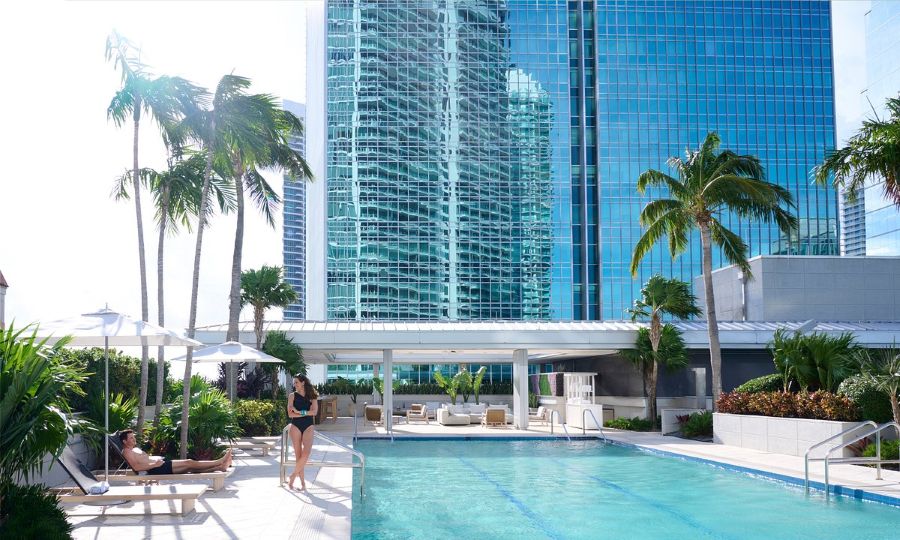
Miami and Key West offer distinct lodging experiences for visitors. Miami features towering beachfront resorts and upscale hotels along Ocean Drive and South Beach. Many properties boast infinity pools, spa services, and ocean-view rooms.
Key West’s accommodations are more affordable than Miami’s luxury options. The island’s charm comes from its historic inns and guesthouses tucked away in restored Victorian mansions.
Boutique hotels scattered throughout Key West’s Old Town give guests a taste of local history. These smaller properties often include tropical gardens, wraparound porches, and personalized service from local staff.
Miami’s hotel scene focuses on modern amenities and style. Many properties include rooftop pools, trendy restaurants, and prime beach access. The city’s hotels tend to be larger, with some housing hundreds of rooms.
Both destinations have options for every budget. Miami’s accommodations range from basic motels to five-star resorts. Key West offers cozy bed and breakfasts, midrange hotels, and luxury properties with private beaches.
Finding a place to stay near attractions is easier in Key West. The compact size means most lodging sits within walking distance of popular spots. Miami requires more planning since attractions spread across a larger area.
Peak season affects room rates in both locations. Winter months bring higher prices, especially in Miami during major events. Key West sees steadier rates year-round but still costs more during winter.
Culinary Delights and Dining
Miami and Key West both offer unique food scenes shaped by their distinct cultures and coastal locations. Miami blends Cuban, Caribbean, and Latin influences, while Key West serves up fresh seafood with a relaxed island vibe.
Iconic Miami Dishes
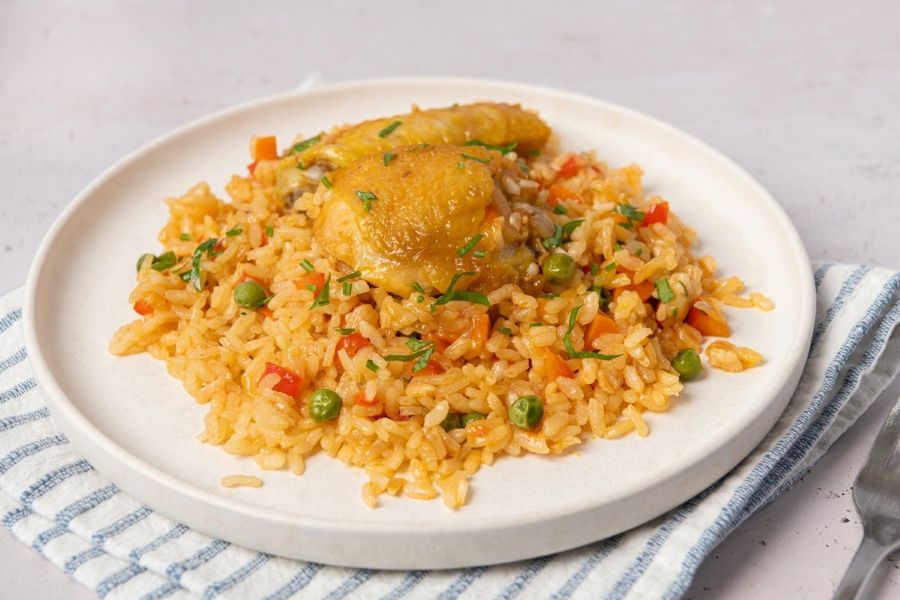
Miami’s food scene sparkles with Cuban and Latin American flavors. Little Havana serves up the city’s best Cuban sandwiches – pressed rolls filled with ham, roasted pork, Swiss cheese, pickles, and mustard.
The city’s seafood restaurants showcase fresh catches like stone crab claws and grilled mahi-mahi. Many spots serve them with mojo sauce, a zesty citrus-garlic blend.
Local specialties include:
- Arroz con pollo (chicken and yellow rice)
- Ceviche made with fresh local fish
- Pastelitos (Cuban pastries)
- Ropa vieja (shredded beef in tomato sauce)
Key West’s Savory Bites

Fresh seafood dominates Key West menus. Conch fritters – deep-fried balls of chopped conch meat with spices – are a must-try island staple.
The famous key lime pie was born here. The authentic version uses small yellow key limes, giving it a more tart flavor than regular lime pie.
Popular Key West dishes include:
- Pink shrimp caught in local waters
- Spiny lobster (in season)
- Fresh fish tacos
- Stone crab claws
- Grilled yellowtail snapper
Small, casual restaurants line Duval Street. Many offer outdoor seating perfect for people-watching while enjoying ultra-fresh seafood caught that day.
Landmarks and Cultural Hotspots
Miami and Key West stand apart with unique cultural landmarks that tell different stories of Florida’s rich heritage. From sleek art deco buildings to literary legends, these cities offer distinct cultural experiences.
Miami’s Architectural Beauty
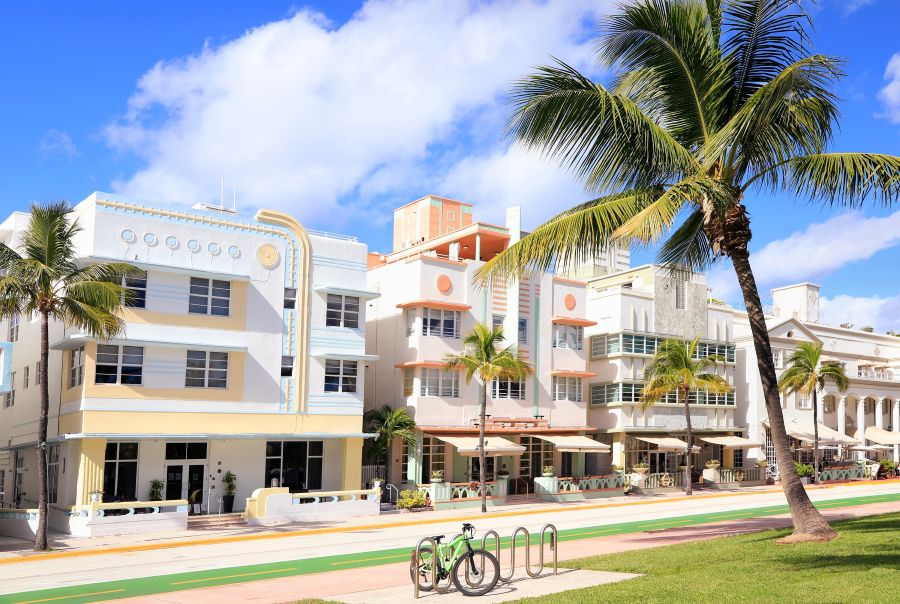
The art deco buildings of South Beach create a stunning pastel-colored skyline. These 1930s gems line Ocean Drive with their curved edges and neon signs, making perfect photo spots.
Wynwood Walls transforms ordinary buildings into an outdoor art museum. Street artists from around the world have covered warehouses with bright murals and creative designs. The area buzzes with energy from art galleries and unique shops.
Little Havana brings Cuban culture alive on Calle Ocho. The neighborhood pulses with Latin music and the smell of Cuban coffee. Domino Park fills with locals playing games while sharing stories.
Vizcaya Museum stands as a Renaissance-style mansion on Biscayne Bay. Its gardens and antique-filled rooms show off the luxury of Miami’s early days.
Key West’s Historical Significance

The Ernest Hemingway Home draws visitors to see where the famous writer lived and worked. The Spanish colonial house still has descendants of his six-toed cats roaming the grounds.
Duval Street runs through Key West’s heart with its Victorian mansions and cozy bars. Many buildings date back to the 1800s, keeping the island’s history alive.
The Southernmost Point Buoy marks the tip of the continental U.S. This colorful monument lets tourists snap photos just 90 miles from Cuba.
Local museums showcase the island’s past as a shipping port and fishing village. These small but fascinating spots tell stories about pirates, shipwrecks, and the Navy’s role in Key West’s growth.
Outdoor Activities and Recreation
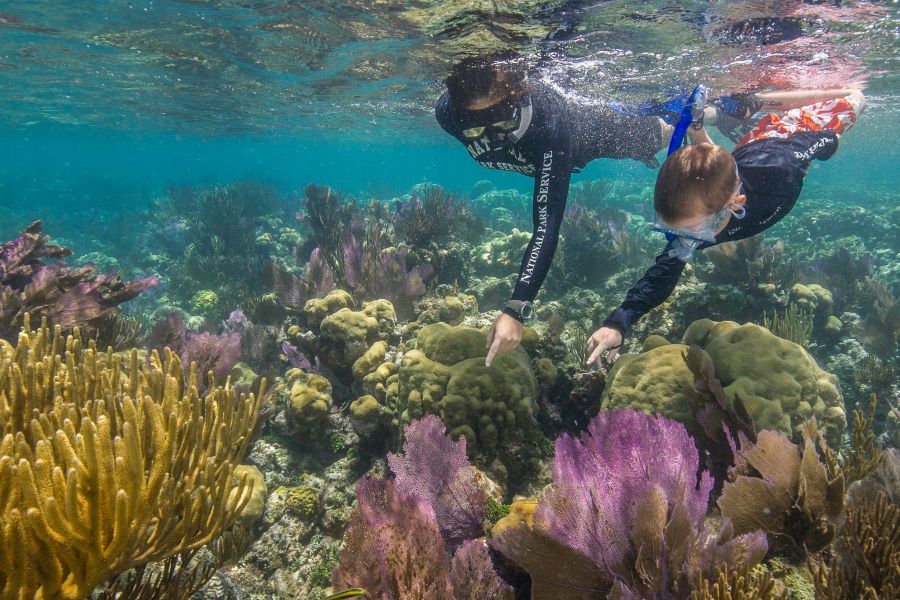
Miami and Key West both shine when it comes to water activities. Miami’s famous South Beach draws crowds with its clear waters and soft sand, making it perfect for swimming and sunbathing.
Key West takes water fun to the next level with amazing snorkeling adventures around coral reefs teeming with colorful fish. The calm waters around the keys are ideal for kayaking and paddleboarding too.
Fishing enthusiasts can find their paradise in both locations. Miami offers deep-sea fishing trips from its marinas, while Key West’s flats fishing is world-renowned for catching tarpon and bonefish.
The Dry Tortugas National Park near Key West is a snorkeler’s dream with crystal-clear waters and historic Fort Jefferson as a backdrop. Meanwhile, Miami visitors can explore the wild Everglades National Park by airboat to spot alligators and unique birds.
Water sports options in Miami include:
- Jet skiing
- Parasailing
- Kiteboarding
- Stand-up paddleboarding
- Wakeboarding
Key West’s top outdoor spots feature:
- Bahia Honda State Park for beach activities
- Eco-tours through mangrove tunnels
- Sunset sailing trips
- Reef diving sites
- Sea kayaking tours
Both destinations offer year-round warm waters and sunshine perfect for outdoor recreation. Miami tends to have bigger waves for surfing, while Key West’s protected waters are better for beginners trying water sports.
Nightlife and Entertainment
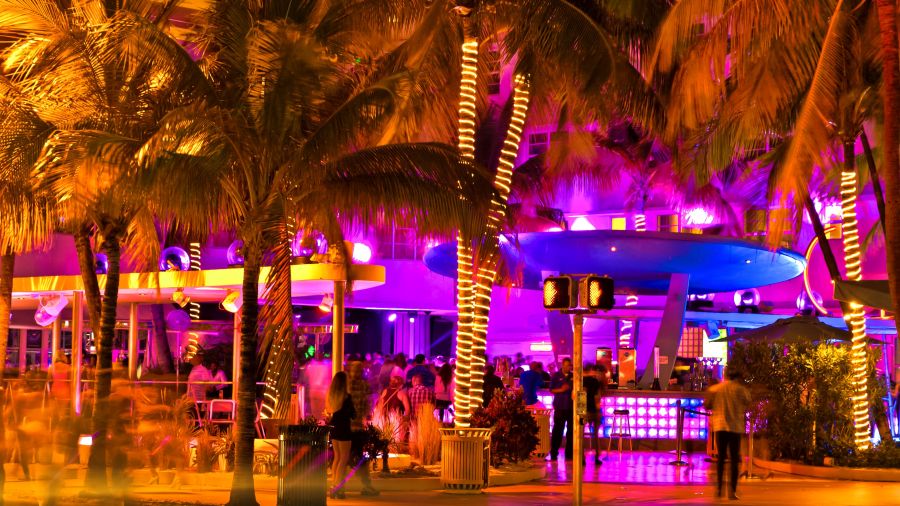
Miami’s South Beach district sparkles with high-energy clubs and glamorous bars along Ocean Drive. The nightlife scene pulses until sunrise with world-class DJs, VIP bottle service, and celebrity sightings.
Key West offers a more laid-back party vibe focused on live music and casual bar-hopping. The famous Duval Street comes alive after dark with open-air bars, street performers, and local bands playing everything from jazz to reggae.
Sunset celebrations make each evening special in both locations. Miami Beach hosts lavish rooftop parties with stunning skyline views. Meanwhile, Key West’s Mallory Square turns into a nightly festival with street performers, food vendors, and musicians celebrating as the sun dips into the Gulf.
Popular spots in Key West include the historic Sloppy Joe’s Bar, where Ernest Hemingway once drank, and the lively Green Parrot Bar known for its live music. Visitors can also enjoy peaceful sunset cruises around the island.
In Miami, LIV Nightclub and Story attract international DJs and A-list celebrities. The city’s diverse nightlife includes:
- Latin dance clubs playing salsa and reggaeton
- Beachfront lounges with craft cocktails
- Live music venues featuring jazz and indie bands
- Trendy speakeasies with mixology programs
The dress code reflects each destination’s personality – Miami clubs expect stylish attire, while Key West welcomes flip-flops and casual wear.
Shopping and Local Markets
Miami and Key West each offer distinct retail experiences, from glitzy malls to charming local markets where you can find unique treasures and authentic Florida souvenirs.
Miami’s Shopping Scene
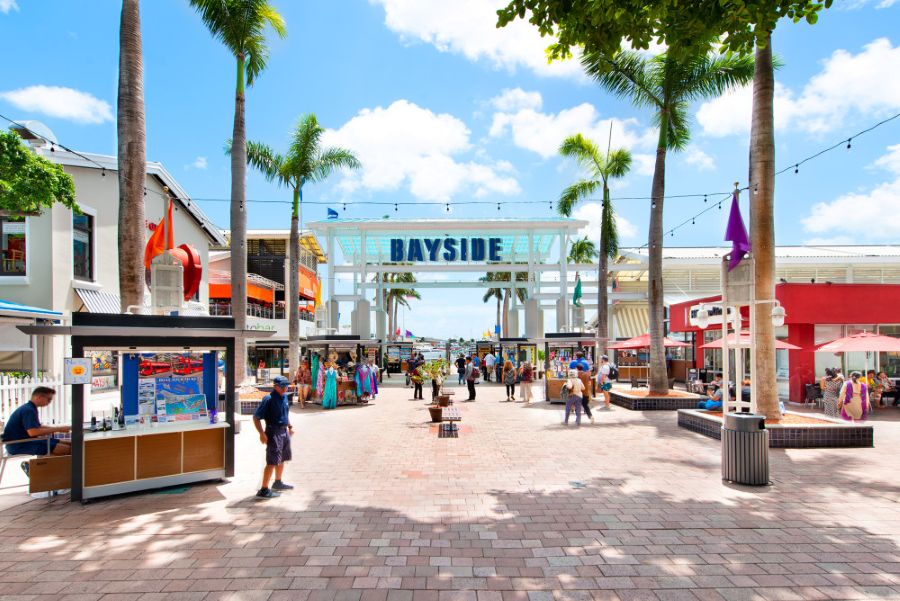
Bayside Marketplace stands out as Miami’s waterfront shopping hub, mixing retail stores with amazing bay views. The open-air mall features more than 150 shops and restaurants right on Biscayne Bay.
Lincoln Road Mall in South Beach brings together designer boutiques, art galleries, and street performers in a pedestrian-friendly setting. The outdoor mall spans several blocks and comes alive at night with busy cafes.
The Design District attracts luxury shoppers with high-end fashion houses like Gucci, Prada, and Louis Vuitton. The area also features cool art installations and trendy restaurants.
Dolphin Mall serves as Miami’s largest outlet center with over 240 stores. Bargain hunters can score great deals on name brands like Nike, Calvin Klein, and Tommy Hilfiger.
Crafts and Conchs: Key West Markets

Mallory Square hosts local artisans selling handmade jewelry, artwork, and crafts. The square becomes extra lively during sunset celebrations when vendors set up colorful displays.
Duval Street packs dozens of quirky shops into a walkable stretch. Visitors find tropical clothing, local art, and unique Key West souvenirs like conch shells and key lime products.
Several small specialty markets dot the island, including grocery stores like Publix and Fausto’s Food Palace. These spots stock beach essentials, snacks, and fresh seafood.
The Key West Artisan Market pops up monthly with local vendors selling handcrafted goods, island-inspired art, and fresh foods. It’s a great place to find authentic Keys treasures.
Frequently Asked Questions
Miami and Key West offer distinct vacation experiences with unique activities, beaches, costs, and cultural scenes that set them apart from each other.
What activities are unique to Key West that I won’t find in Miami?
Key West shines with its historic charm and laid-back island activities. Visitors can explore the Ernest Hemingway Home, complete with its six-toed cats. The nightly Sunset Celebration at Mallory Square brings street performers and local artists together.
The Southernmost Point buoy marks the continental U.S.’s lowest point, making it a must-visit photo spot. Snorkeling and diving at the coral reefs offer close encounters with tropical fish and sea turtles.
Can you compare the accommodation costs between Miami and Key West?
Key West typically has higher accommodation costs due to limited space on the island. A standard hotel room in Key West can cost 30-50% more than a comparable room in Miami.
Miami offers more variety in lodging options, from budget hostels to luxury resorts. The wider range of choices makes it easier to find deals, especially during off-peak seasons.
How do the beach experiences differ between Key West and Miami?
Miami’s beaches feature wide stretches of soft sand and waves perfect for swimming and surfing. The famous South Beach area spans several miles with clear water and plenty of space for sunbathing.
Key West beaches are smaller and more intimate, with calm waters ideal for snorkeling. The beaches often have rocky or coral shorelines instead of the sandy expanses found in Miami.
What are the travel options available for reaching Key West from Miami?
Driving the Overseas Highway takes about 3.5 hours and offers scenic views across the Florida Keys. Small planes fly between Miami International Airport and Key West in about an hour.
Ferry services connect Miami to Key West with trips taking around 4 hours. Tour buses run daily routes between the two cities with stops at popular spots along the way.
In terms of cultural and nightlife offerings, how does Miami contrast with Key West?
Miami pulses with Latin American influences, modern art galleries, and high-energy nightclubs. The city hosts major music festivals and attracts international DJs to its famous clubs.
Key West embraces a more casual vibe with live music in open-air bars and local seafood restaurants. The island’s culture centers around maritime history and laid-back Caribbean influences.
Is a day trip to Key West from Miami advisable for a traveler with limited time?
A day trip needs at least 7 hours of round-trip travel time. This leaves limited hours to explore Key West. Smart planning lets visitors see main attractions like Duval Street and the Hemingway House.
Early morning departures maximize time on the island. Some travelers prefer staying overnight to fully experience Key West’s sunset celebrations and morning activities.



